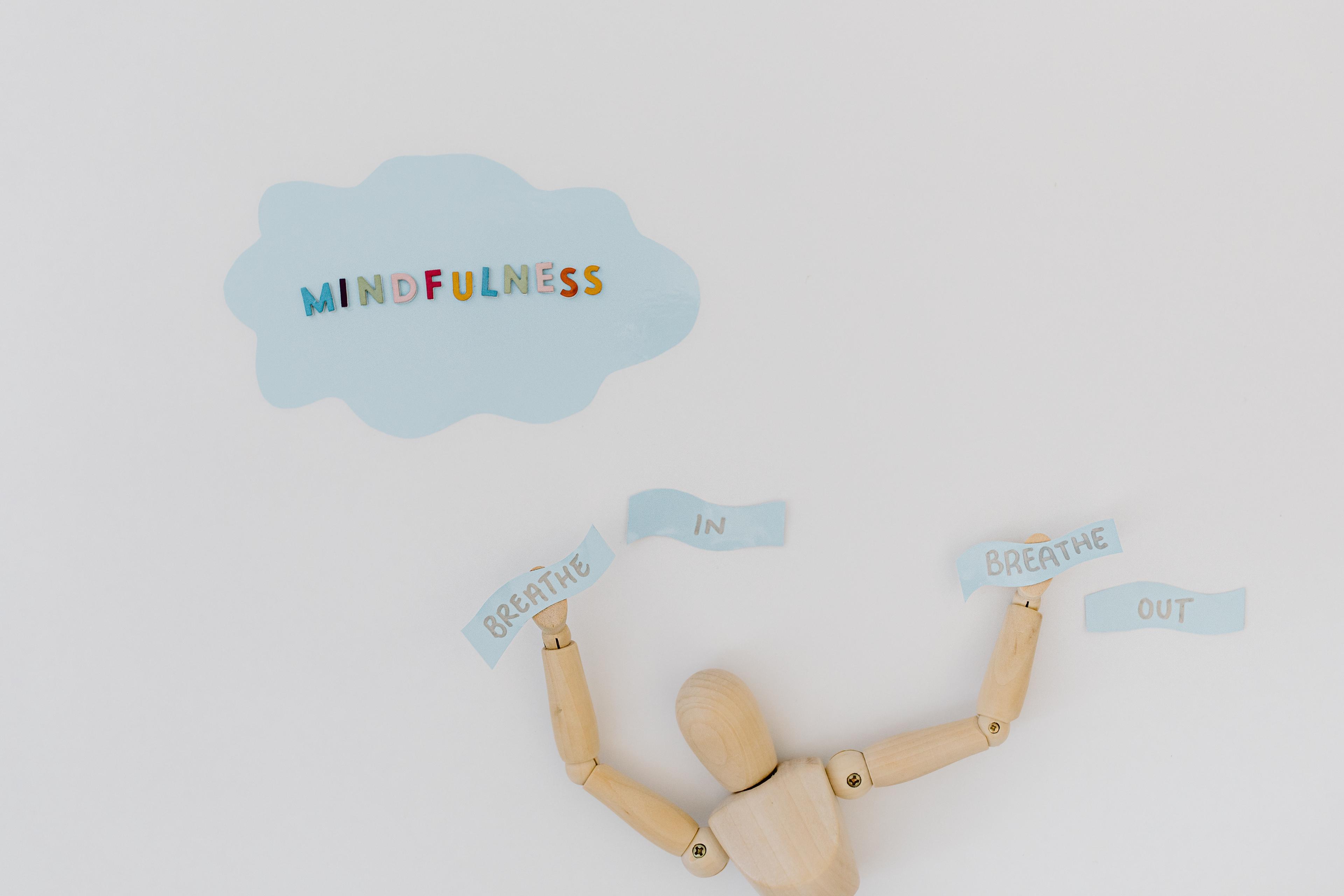- Home
- »Articles
- »Wellness
- »Mindfulness
- »How Mindfulness Helps Kids' Behaviour



How Mindfulness Helps Kids' Behaviour
7 July 2023
Mindfulness is a method of thinking that helps you to remain calm, pragmatic and relaxed no matter what situation you find yourself in. The benefits of practising mindfulness are many. For children, mindfulness has huge potential to support their learning, emotions and behaviour.
What is mindfulness?
Some people see mindfulness as meditation but, while there is a slight crossover, the practices differ slightly. While meditation is about clearing the mind, mindfulness is about focussing it. The core idea of mindfulness is to focus purposefully on the present moment. One way to think of it is like taking a step back from yourself - like an out-of-body experience - to analyse the present moment you find yourself in with a clear head.
What is behaviour?
Behaviour, especially in children, is an extremely complex area to understand. A person’s behaviour is influenced by a range of things, but mostly it’s down to emotions. A child’s behaviour is a reaction to an emotion. Emotions in turn come about through memories. So a child’s behaviour in a situation is often because something about that situation has triggered a memory and therefore an emotion. The behaviour we look to support children with is usually behaviour that limits or holds them back. This can be unruly, explosive behaviour, but also shy, anxious behaviour.
Children don’t consciously recognise their feelings. It’s something they have to learn to do, and mindfulness is perfect in helping them with this.
How mindfulness helps to control emotions and behaviour
Mindfulness trains people to recognise that emotions have a cause, and that they can be understood and dealt with. More often than not, children behave in negative ways out of desperation - they’re panicking and running on autopilot without fully understanding what’s going on in their own mind. We still experience this as adults to an extent. For example, if you think back to a time you did something awkward or embarrassing, you will probably find yourself physically squirming or cringing without even realising.
Mindfulness helps children to know and name the emotion they’re feeling. It’s a meta-level of thinking. They can understand they’re feeling out of breath or full of energy because they’re nervous. And they feel nervous because something has happened that has triggered this. They can then slow down and consciously consider what they’re feeling and why, and then use techniques to cope with that feeling. This can help them remain calm and think rationally.
Mindfulness also teaches children that their emotions don't define them; they needn’t feel guilty about feeling a certain way, and it's perfectly normal. A key tenet of mindfulness is to respect all emotions, and take ownership of them - recognise the feeling, acknowledge it, understand it, allow it time to sit, and then, eventually, help it move along. The more children do this, the more they ‘recalibrate’ that link between memory, emotion and behaviour. Behaviour will then improve. It will become less of an automatic, knee-jerk reaction and more something that children feel they can manage. Once this has been practised enough with the correct techniques, it becomes a habit.
